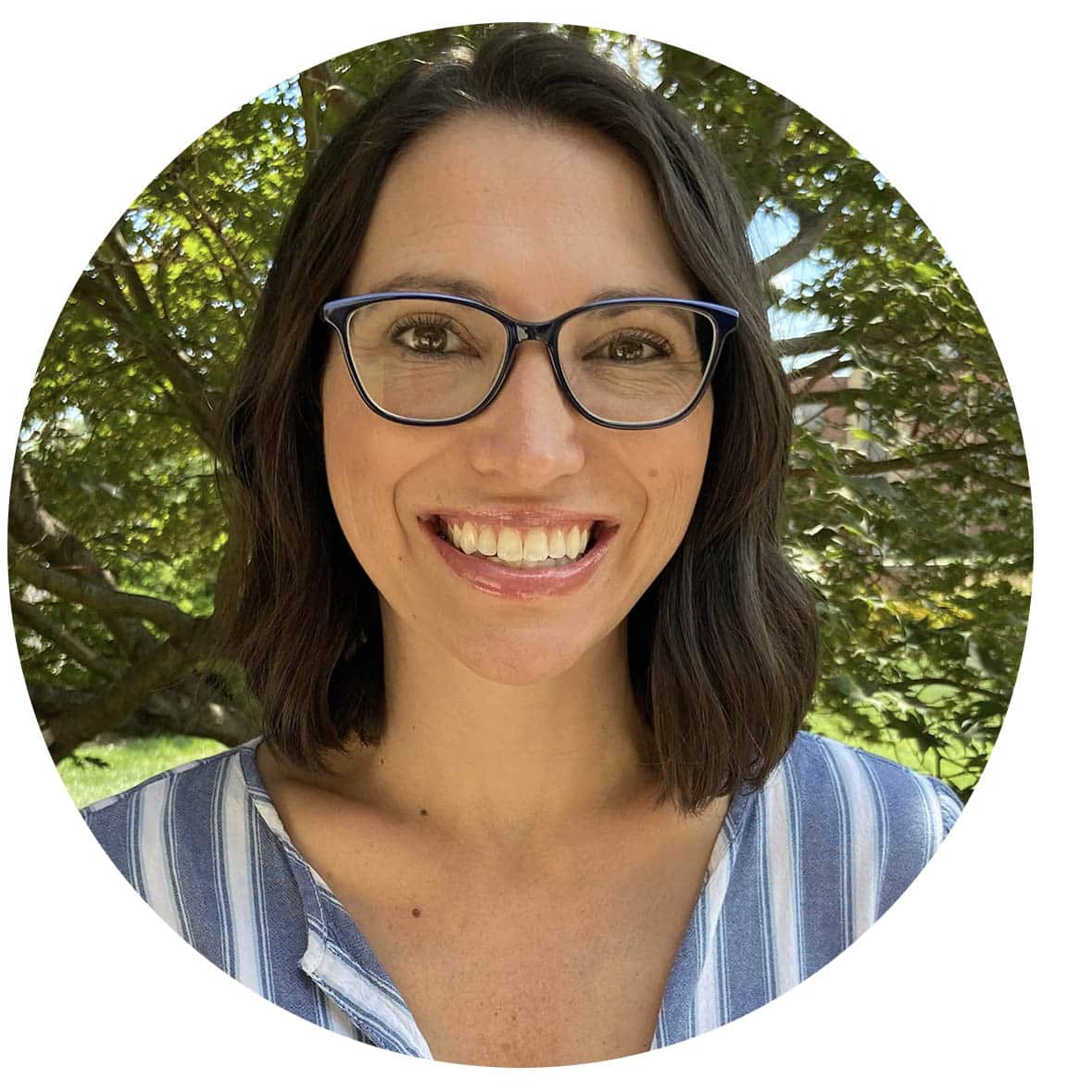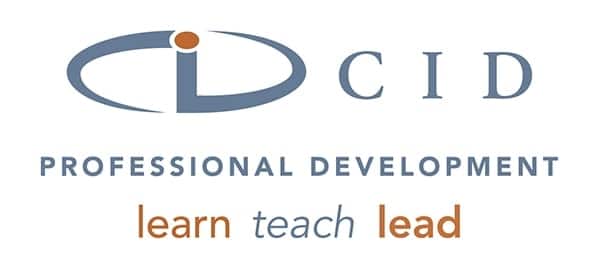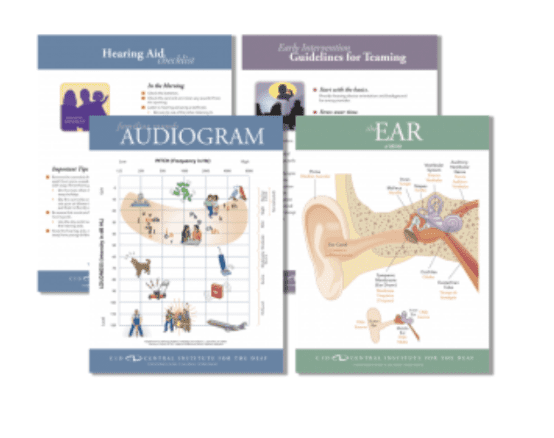Narration is one of my favorite Listening and Spoken Language (LSL) strategies to use when working with children with hearing loss because of the various ways it can support receptive language development. What exactly is narration? It’s simple! Just like the narrator of a story, the adult talks through what is going on in the child’s environment. Let’s break down this purposeful strategy even further using a snack time example to show the many ways it can be used.
Parallel Talk– Narrate the child’s actions
- Talk out loud about what the child is seeing, doing, hearing, feeling.
- “You’re eating goldfish! Mmm, yummy! You have five goldfish- 1, 2, 3, 4, 5.”
Self-Talk– Narrate your actions
- Talk out loud about what you are seeing, doing, hearing.
- “I’m getting water to drink. Brr, the water is so cold! I am pouring the water into the cup.”
Think Aloud– Narrate your thought processes
- Children with hearing loss can sometimes have difficulty seeing things from another person’s perspective. By modeling your thinking out loud, you are giving them insight into your viewpoints and feelings.
- “I don’t like to drink hot water. I think I will get ice. Then I can drink cold water.”
Expansion– Narrate using stretch sentences
- Model language that is just above the language level of the child. This stretches the child’s understanding by using vocabulary and sentence patterns that are slightly more complex and longer than the child currently uses.
- If the child is using simple adjectives like big, provide higher level synonyms, such as, enormous, gigantic or huge.
- If the child is using sounds and gestures, speak in 1-4 word sentences. If the child is using 3-4 word utterances, speak in 5-8 word sentences.
Self-Advocacy– Narrate listening and language advocacy skills
- Children with hearing loss need to advocate for their understanding and to be understood. Narrate your own advocacy skills so the child has a model.
- “When the sink is on, I can’t hear you. Let’s wait to talk until the water is off.”
Children develop receptive language skills through opportunities of repeated exposure. By narrating throughout the child’s day, you are providing the foundation needed to build language skills!

Abby Meister, MSDE, CED is the Content Coordinator of the Emerson Center for Professional Development at CID – Central Institute for the Deaf. She has been a teacher of the deaf for over 10 years, primarily working with children ages 2-5. She has presented at professional conferences with content focusing on early intervention and listening and spoken language strategies for children who are deaf or hard of hearing. She received her master’s degree in deaf education through the Program in Audiology and Communication Sciences (PACS) at Washington University.












